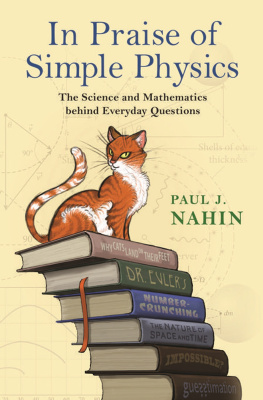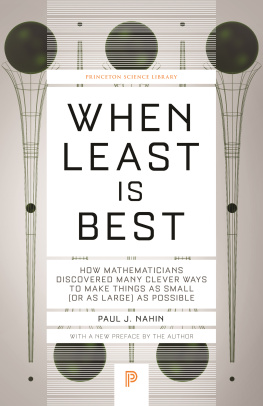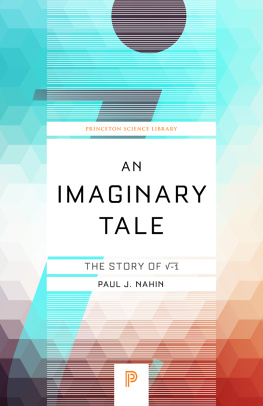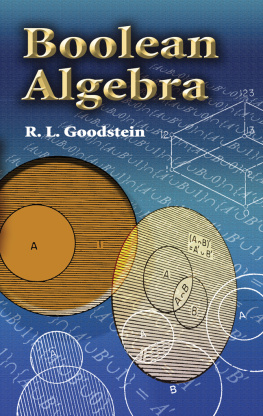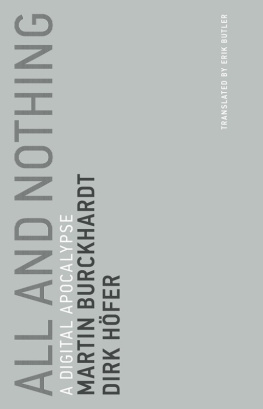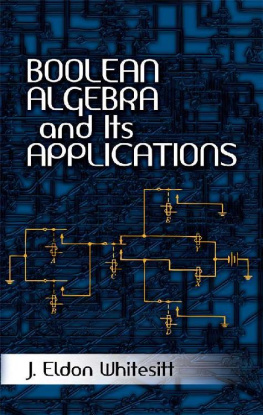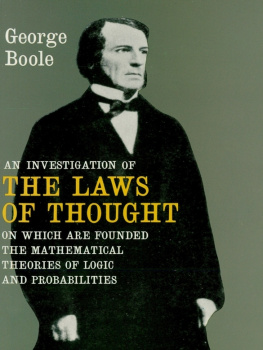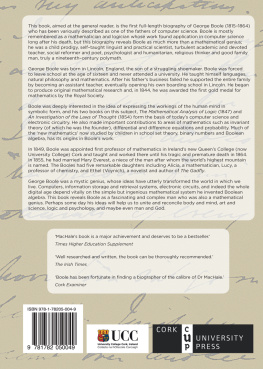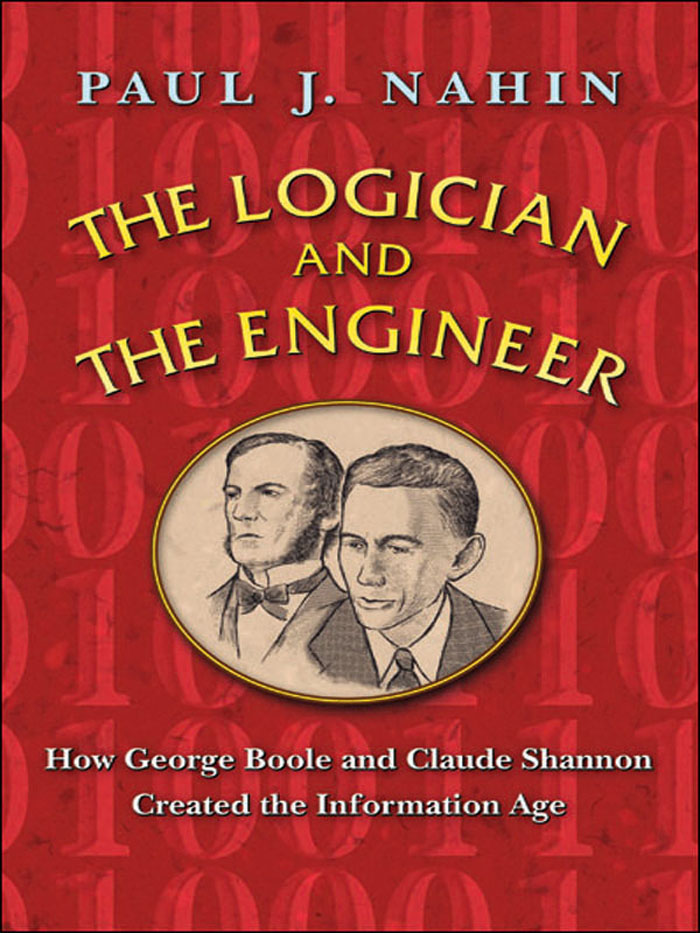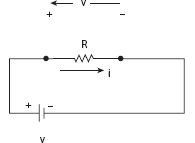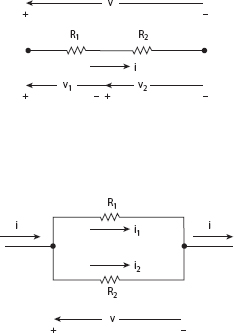Paul J. Nahin - The Logician and the Engineer: How George Boole and Claude Shannon Created the Information Age
Here you can read online Paul J. Nahin - The Logician and the Engineer: How George Boole and Claude Shannon Created the Information Age full text of the book (entire story) in english for free. Download pdf and epub, get meaning, cover and reviews about this ebook. year: 2012, publisher: Princeton University Press, genre: Detective and thriller. Description of the work, (preface) as well as reviews are available. Best literature library LitArk.com created for fans of good reading and offers a wide selection of genres:
Romance novel
Science fiction
Adventure
Detective
Science
History
Home and family
Prose
Art
Politics
Computer
Non-fiction
Religion
Business
Children
Humor
Choose a favorite category and find really read worthwhile books. Enjoy immersion in the world of imagination, feel the emotions of the characters or learn something new for yourself, make an fascinating discovery.

- Book:The Logician and the Engineer: How George Boole and Claude Shannon Created the Information Age
- Author:
- Publisher:Princeton University Press
- Genre:
- Year:2012
- Rating:3 / 5
- Favourites:Add to favourites
- Your mark:
The Logician and the Engineer: How George Boole and Claude Shannon Created the Information Age: summary, description and annotation
We offer to read an annotation, description, summary or preface (depends on what the author of the book "The Logician and the Engineer: How George Boole and Claude Shannon Created the Information Age" wrote himself). If you haven't found the necessary information about the book — write in the comments, we will try to find it.
Boolean algebra, also called Boolean logic, is at the heart of the electronic circuitry in everything we use--from our computers and cars, to our kitchen gadgets and home appliances. How did a system of mathematics established in the Victorian era become the basis for such incredible technological achievements a century later? In The Logician and the Engineer, best-selling popular math writer Paul Nahin combines engaging problems and a colorful historical narrative to tell the remarkable story of how two men in different eras--mathematician and philosopher George Boole (1815-1864) and electrical engineer and pioneering information theorist Claude Shannon (1916-2001)--advanced Boolean logic and became founding fathers of the electronic communications age.
Presenting the dual biographies of Boole and Shannon, Nahin examines the history of Booles innovative ideas, and considers how they led to Shannons groundbreaking work on electrical relay circuits and information theory. Along the way, Nahin presents logic problems for readers to solve and talks about the contributions of such key players as Georg Cantor, Tibor Rado, and Marvin Minsky--as well as the crucial role of Alan Turings Turing machine--in the development of mathematical logic and data transmission. Nahin takes readers from fundamental concepts to a deeper and more sophisticated understanding of how a modern digital machine such as the computer is constructed. Nahin also delves into the newest ideas in quantum mechanics and thermodynamics in order to explore computings possible limitations in the twenty-first century and beyond.
The Logician and the Engineer shows how a form of mathematical logic and the innovations of two men paved the way for the digital technology of the modern world.
Paul J. Nahin: author's other books
Who wrote The Logician and the Engineer: How George Boole and Claude Shannon Created the Information Age? Find out the surname, the name of the author of the book and a list of all author's works by series.


